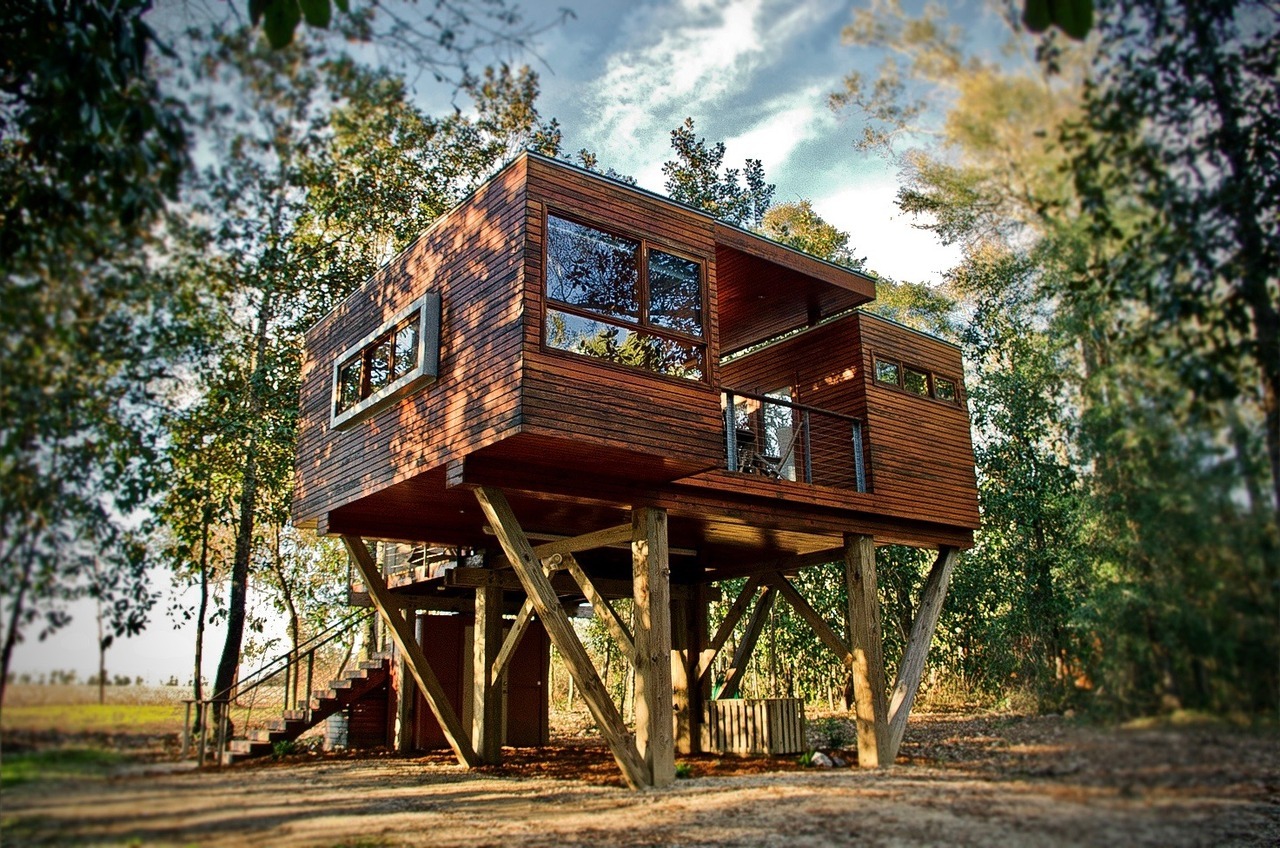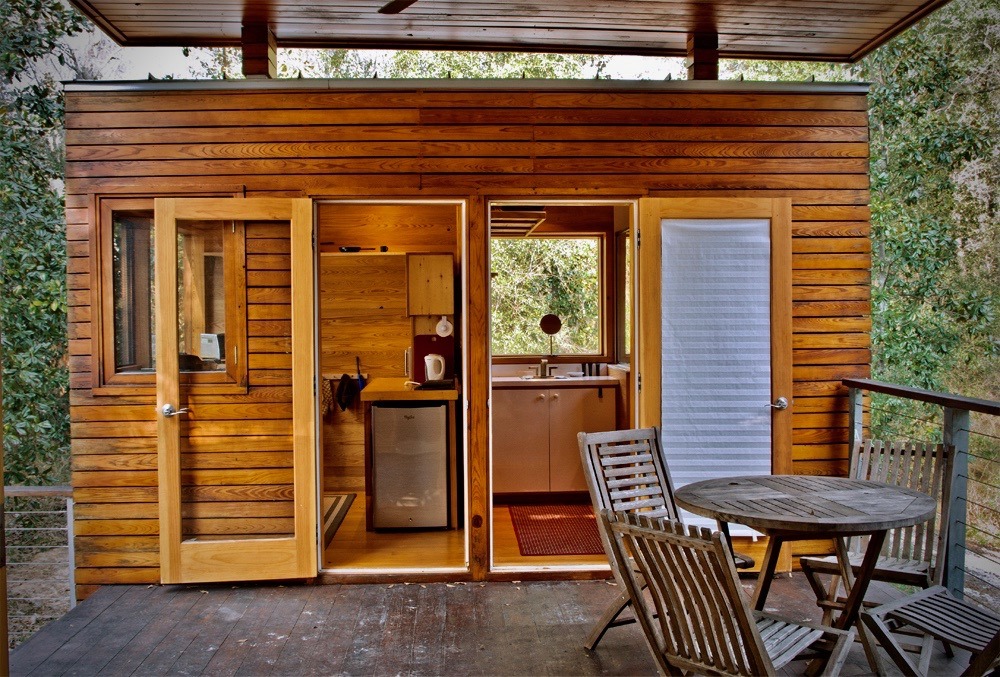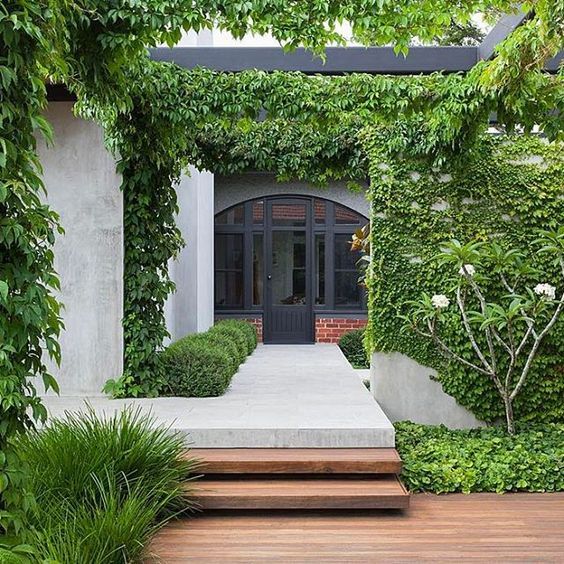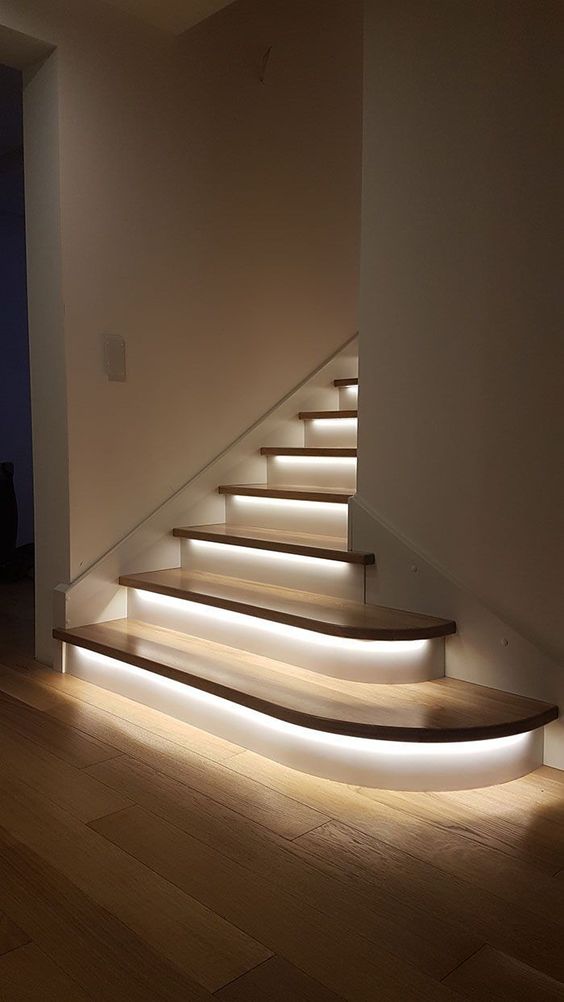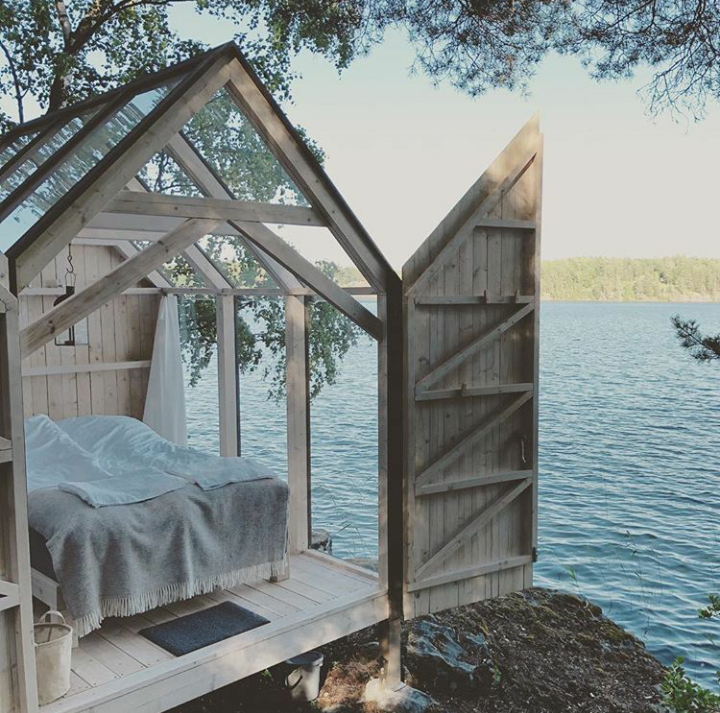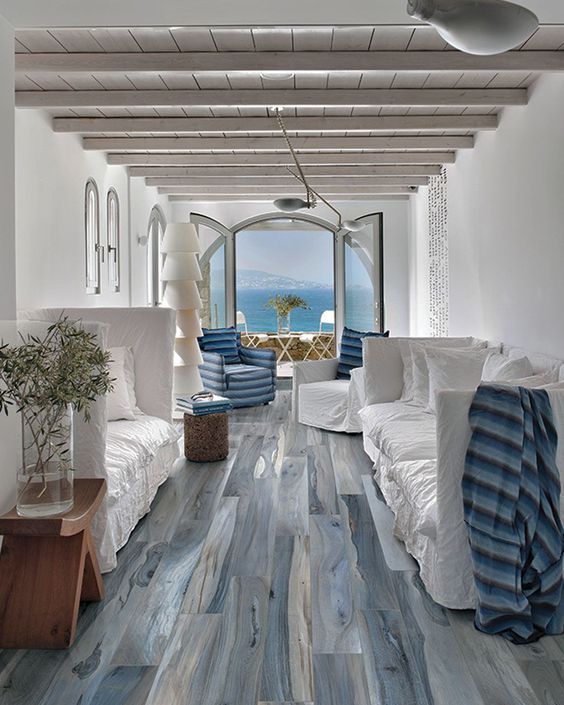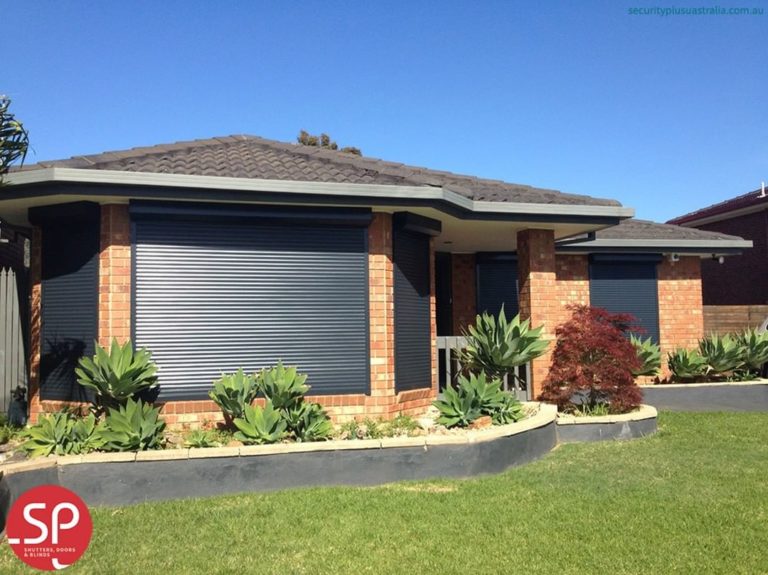How To Make Your Wooden House Resistant To Weather
When you are thinking about building or buying a wooden house, you should also keep in mind several important considerations. Despite the beauty of living in an eco-friendly environment, one of the major concerns of wooden housing is the lengths you have to go to to protect it from unfavourable weather conditions. Moisture and humidity can not only gradually destroy building materials but they can also be exceptionally bad for your health as they bring with it insects, mould and fungus growth.

Causes of humidity in the house
No matter how threatening it may sound, there are reliable means of protection against dampness. But there are plenty of possible causes for moisture penetration, such as:
Heavy rain
Heavy rain is threatening not only because the wooden frame will have to absorb all of the excess water but because in winter, when the temperature drops below zero, this excess water will freeze, expand and form ice. When temperatures rise again, the ice will melt. This cycle is known as freeze-thaw weathering and, as an on-going process, it will cause a great deal of damage to your home.
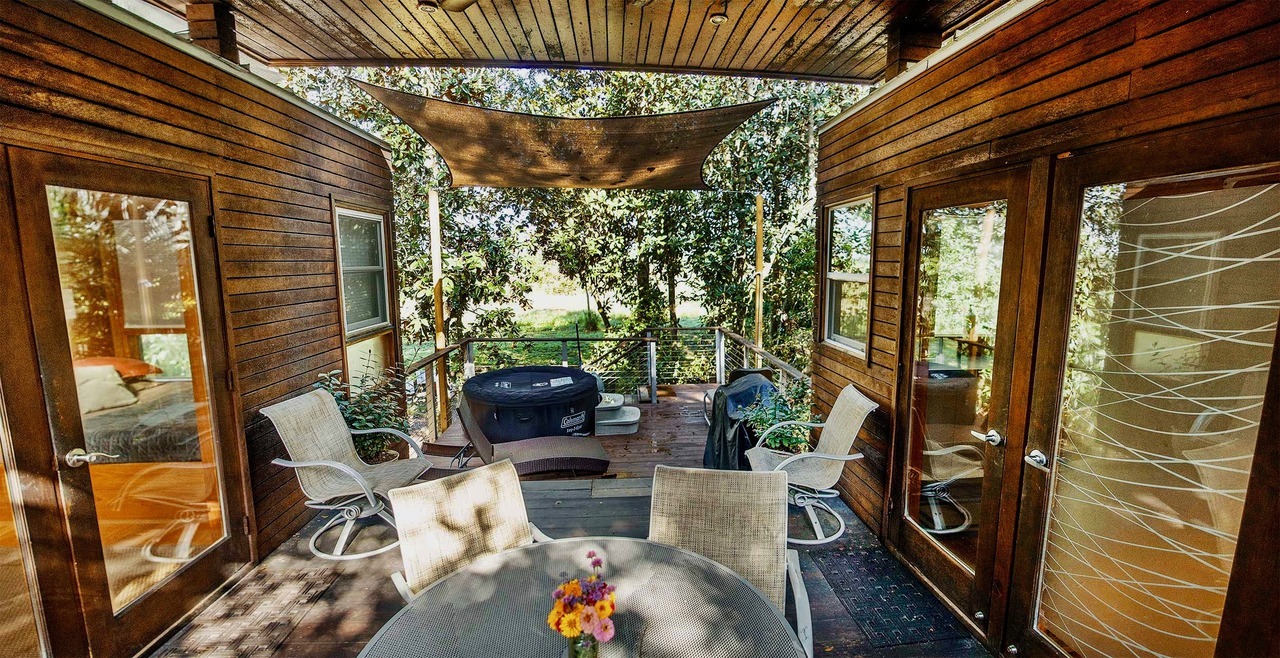
Moisture from the soil (the proximity of ground waters)
Moisture on a wooden surface causes the dust to remain on it, as well as fungal spores and bacteria. Consequently, if the water stays on the timber for some time, the timber will began to deteriorate as it develops into an area of fungal growth.
Ways to protect a wooden house from moisture
The areas that are most likely to be affected by unfavourable weather conditions are those where there is no waterproofing. To solve this problem, it is necessary to deploy an integrated approach that protects all levels of the building – the foundation, the walls, and the roof. Each component has to have comprehensive protection.
Protecting walls
Since the walls are the part of the house that is most exposed to external factors, their protection from rain and water is carried out in several stages. It is possible, for example, to protect the wooden surface with brickwork or plastic siding panels. If you choose to add brickwork, you need to take care to ensure that there is a 40 mm gap between the wooden structure and the brickwork. This gap is usually filled with a protective membrane and insulation.
Siding is very popular today as well, since it is budget-friendly and very practical. But even in this case, you should protect it with weatherproof coatings from All Weather Coating. That way, you will ensure that the walls are not affected by dampness and will last for decades. Usually, these coatings contain antiseptic solutions as well, which will ensure that the timber will not be affected by fungal and mould formations over time. Apart from transparent coatings, there is also a wide variety of different colours available, so, if you are in the mood for a change, you can use them to completely change the look of your house.
Another benefit of siding is that it provides additional insulation without requiring much in the way of maintenance; a periodic wiping with water is more than enough. Combining coatings and siding with wood dramatically improves its protective qualities, meaning you can even get away with using a less expensive type of wood.

